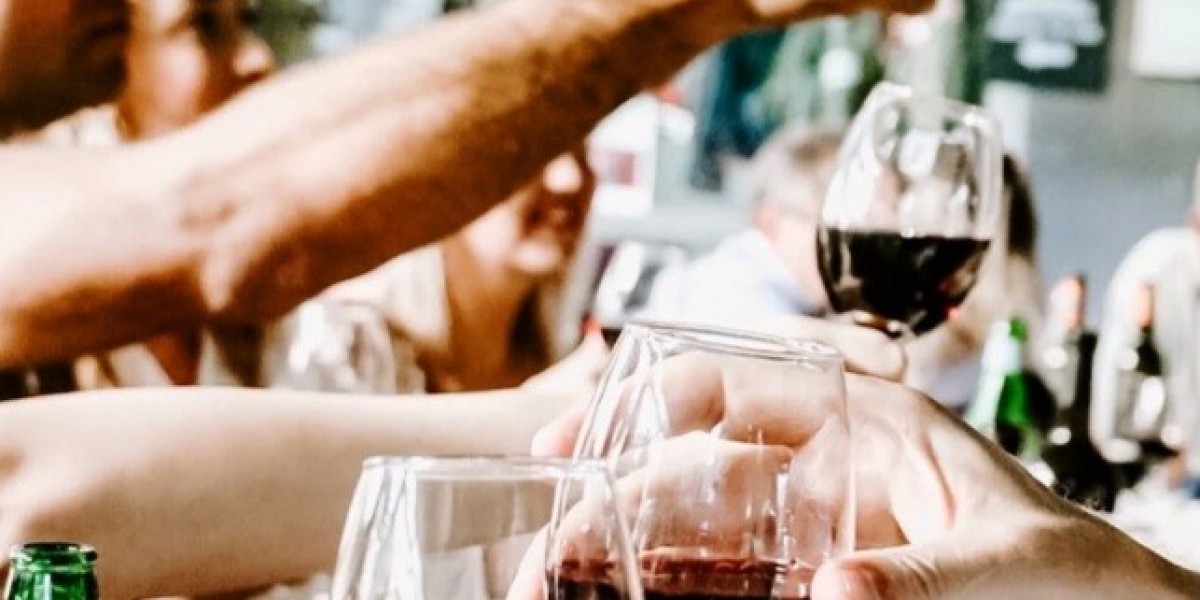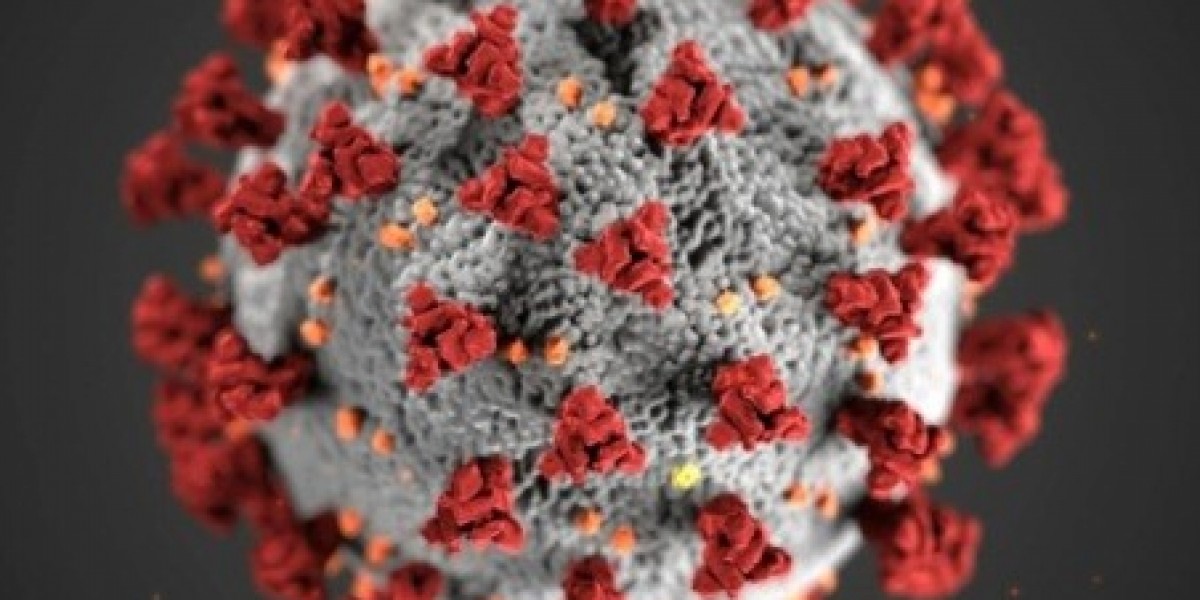Reclaiming Confidence: The Empowering Journey of Breast Prosthesis
For many women, breasts are more than just a physical feature—they symbolize femininity, identity, and personal confidence. So, when breast cancer or trauma leads to mastectomy or breast removal, the emotional aftermath can be just as challenging as the physical one. Enter the breast prosthesis—a device that does more than restore body symmetry; it helps restore self-esteem, emotional well-being, and a sense of wholeness.
This blog explores what a breast prosthesis is, the options available, and the deeply personal impact it can have on someone’s life.
What Is a Breast Prosthesis?
A breast prosthesis is an artificial breast form that fits into a bra or adheres to the skin to mimic the shape and weight of a natural breast. It's commonly used by individuals who have undergone a mastectomy (surgical removal of one or both breasts), lumpectomy, or have naturally uneven breasts due to congenital issues or surgery.
Breast prostheses are available in various sizes, shapes, materials, and skin tones to provide a personalized fit. Silicone is the most commonly used material because it closely resembles the natural weight and feel of breast tissue. However, lightweight options made of foam or fiberfill are also available, especially for those looking for comfort during sleep or exercise.
More Than Just a Physical Replacement
For many women, choosing a breast prosthesis is not just about appearances. It’s about regaining what was lost emotionally and mentally. After the trauma of cancer and surgery, body image issues often follow. The change in physical form can be jarring, even if the person is mentally prepared for it. In such times, a breast prosthesis acts as a bridge between treatment and healing—not only physically but also psychologically.
One breast cancer survivor, Meera, shared, “When I first put on my breast form, I looked in the mirror and smiled for the first time in weeks. It was still me. I felt balanced, both inside and out.”
Stories like Meera’s are not rare. For many women, this non-surgical option allows them to reclaim a sense of normalcy without the added pressure of undergoing reconstruction.
The Different Types of Breast Prostheses
Breast prostheses come in several forms, and each has its own unique purpose:
Full Prosthesis: Used after complete removal of the breast.
Partial Prosthesis (Shaper): Used when part of the breast is removed or to even out asymmetry.
Stick-on Prosthesis: Adhesive models that attach directly to the skin.
Post-Surgical Soft Prosthesis: Made of light cotton or foam, these are worn immediately after surgery when the body is still healing.
Custom-Made Prosthesis: Tailored to the individual's chest contour, skin tone, and shape for a more personalized fit.
Comfort, lifestyle, budget, and personal preference all influence the choice. Many women also consult with certified mastectomy fitters who help in selecting the most suitable option.
Finding the Right Fit: A Personal Journey
Choosing a breast prosthesis isn’t just about picking something off a shelf—it’s an emotional and personal journey. Women often go through phases of acceptance before being ready to wear a prosthesis. Some opt for it immediately post-surgery, while others wait months or even years.
Support from healthcare professionals, survivor groups, and family can play a critical role. The simple act of listening—really listening—to what a woman wants and feels comfortable with makes all the difference.
Moreover, today’s prostheses are designed with comfort, breathability, and style in mind. Gone are the days of heavy, one-size-fits-all options. Modern breast forms can be worn with specially designed bras and swimwear, making it easier to return to everyday activities with confidence.
Financial Accessibility & Insurance
Cost is a valid concern, especially in countries where healthcare is expensive. However, many health insurance plans now cover breast prostheses as part of post-mastectomy care. It’s essential to check with your provider and ask for assistance from hospital social workers or advocacy organizations that can help with paperwork or funding resources.
In countries like India, awareness is still growing. But support groups and NGOs have started offering low-cost or free breast forms to survivors in need, a commendable step toward equitable care.
Embracing Yourself, One Step at a Time
Wearing a breast prosthesis isn’t about hiding scars—it’s about honoring them. It’s about looking in the mirror and seeing strength, not loss. Every woman’s journey is unique, and choosing to wear a prosthesis (or not) is deeply personal.
What matters most is that the decision comes from a place of empowerment, not pressure.
As society continues to break taboos around mastectomy and female body image, let’s remember that true healing comes from within. And sometimes, something as simple as a breast form can make a world of difference in someone’s self-worth.
Browse More Reports:








